SupremePunk #112
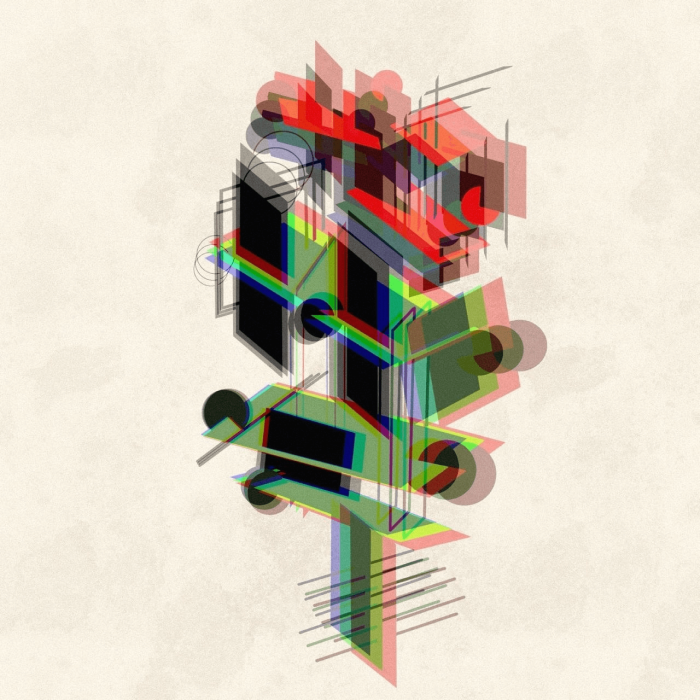
Kinetic Mechanism
This SupremePunk is inspired by CryptoPunk #6304 and Donald Judd and the concept of kinetic art. Donald Judd is an artist of the second half of the XX century, known for his minimalist installations. He renounced the symbolism and emotional subtext of fine art and worked with three forms: "stacks", "boxes" and "progressions". His objects, by their existence, shape and color, formalize the space around them, without carrying any deep meaning
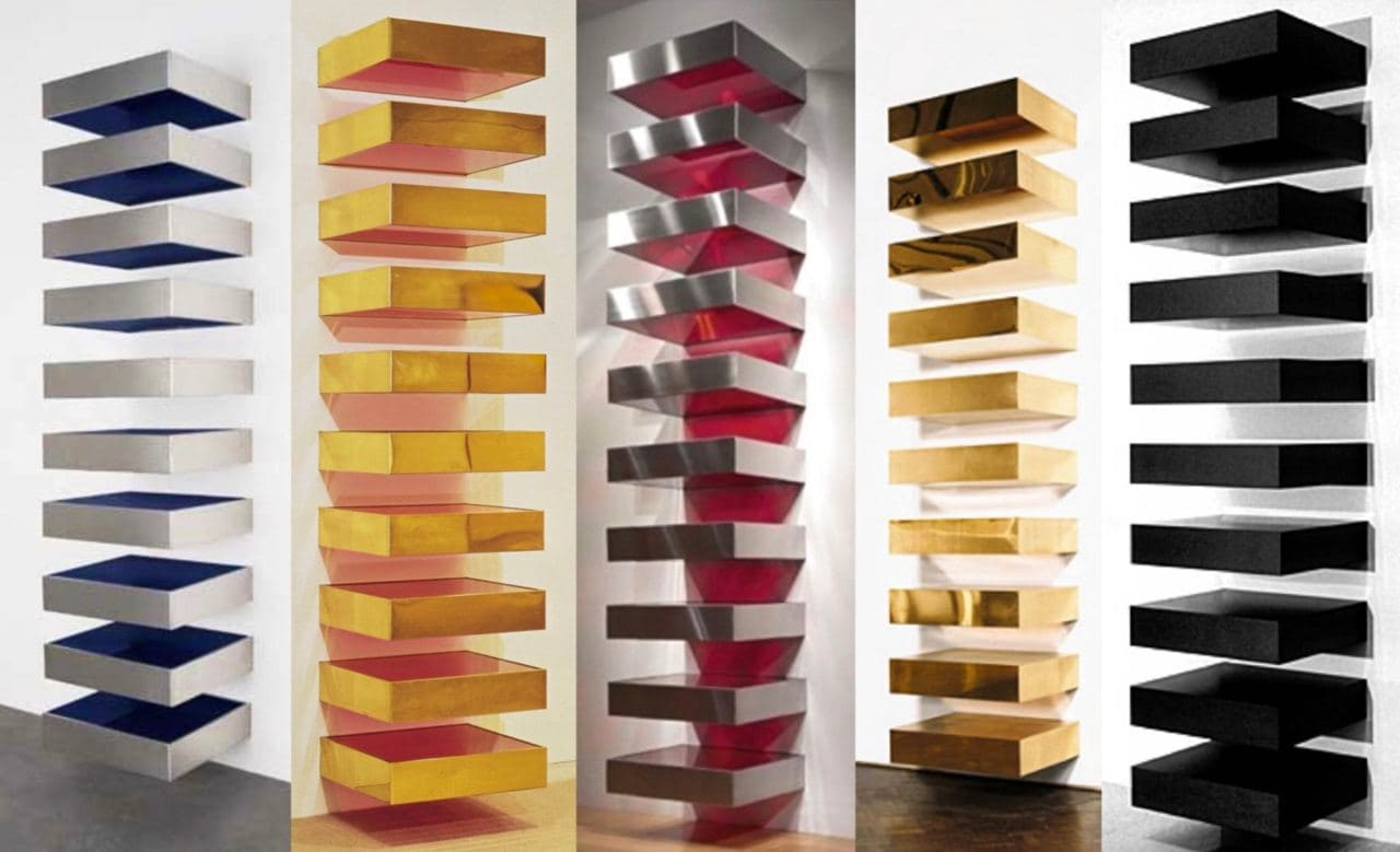
Donald Judd — Stacks
In this regard, SupremePunk is similar to the installations of Donald Judd. In this image, it is the object and the refraction of light around it that sets the tone for the work, because this Punk has no background as such. This SupremePunk is an anaglyphic version of a multi-figure installation consisting of black quadrilaterals and circles. The depicted black figures seem to be decomposed into different light waves.
Each layer-version of the installation is pushed up, and at the top of the composition it is already difficult to make out what the figure looked like at first. The unnatural position of the figures creates a sense of movement in the Punk'e. Anaglyphs form a sense of volume that the viewer would be able to see if he had 3-D glasses with him. Because of this, it seems that SupremePunk depicts a moving installation, which is very common in kinetic art — a material form of futurism.
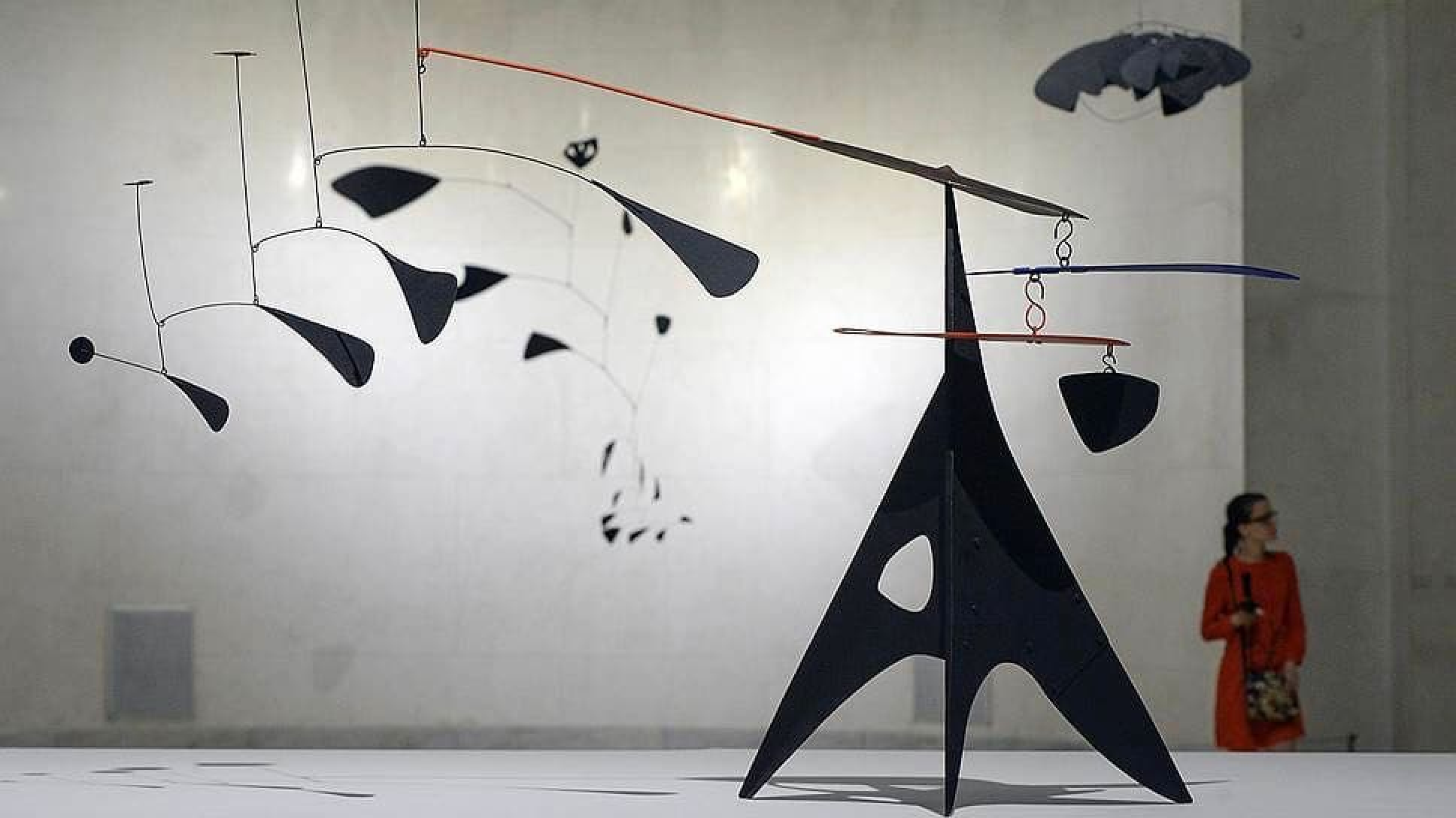
One of Alexander Calder's Mobiles
This Punk seems to capture a complex kinetic mechanism at the moment of active movement. The kinetists made movement the main subject of art. The movement of the wind created by people passing by or natural conditions set in motion the most primitive kinetic installations - mobiles, for which Alexander Calder is known.
Larger and more complex mechanisms — for example, the work of Jean Tenegli - worked independently, without the need for external influence. Some of them even self-destructed at the end of their short-term performative activity (like, say, "Dedication to New York).
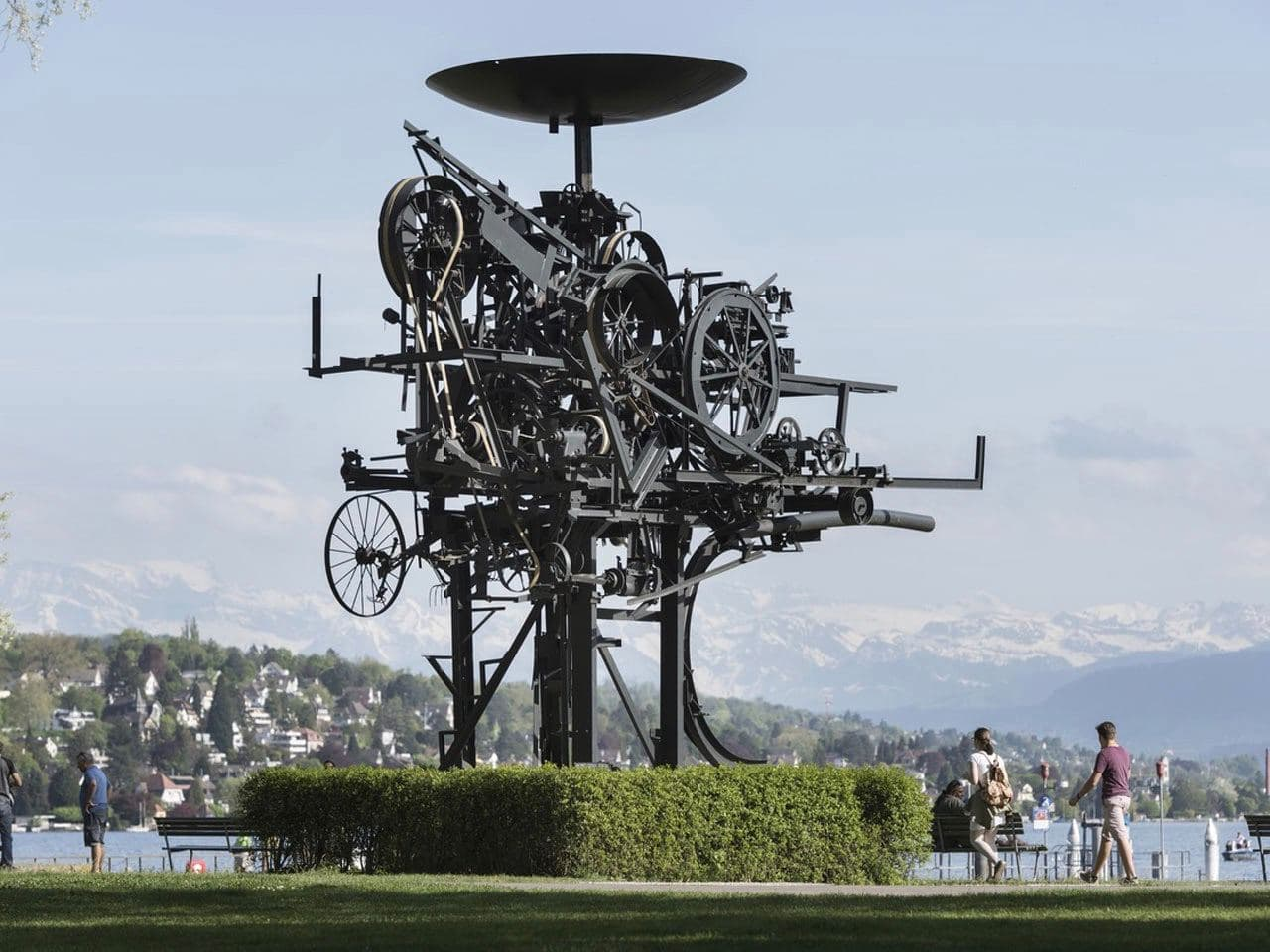
Jean Tinguely — Eureka
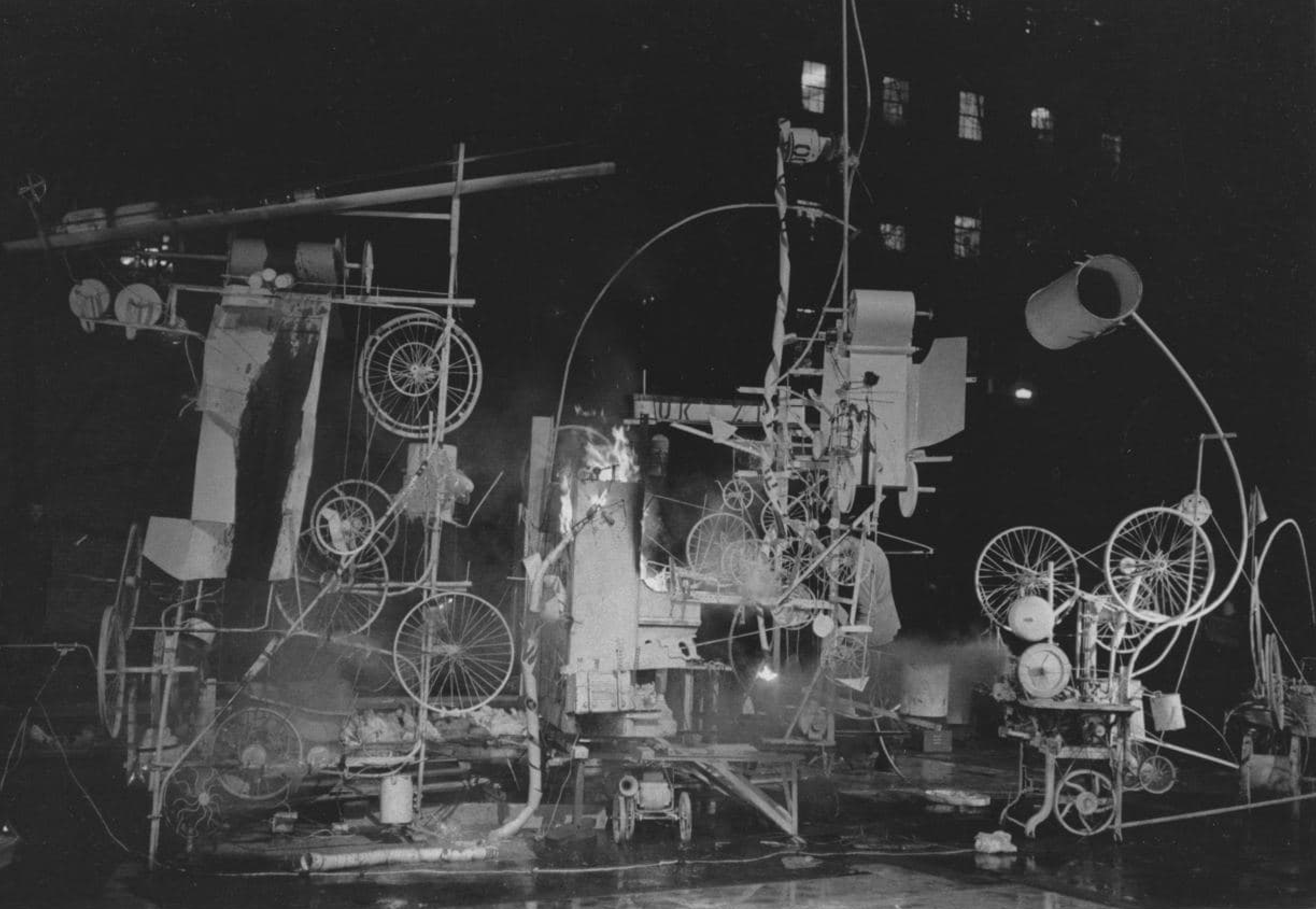
Jean Tinguely — Homage to New York
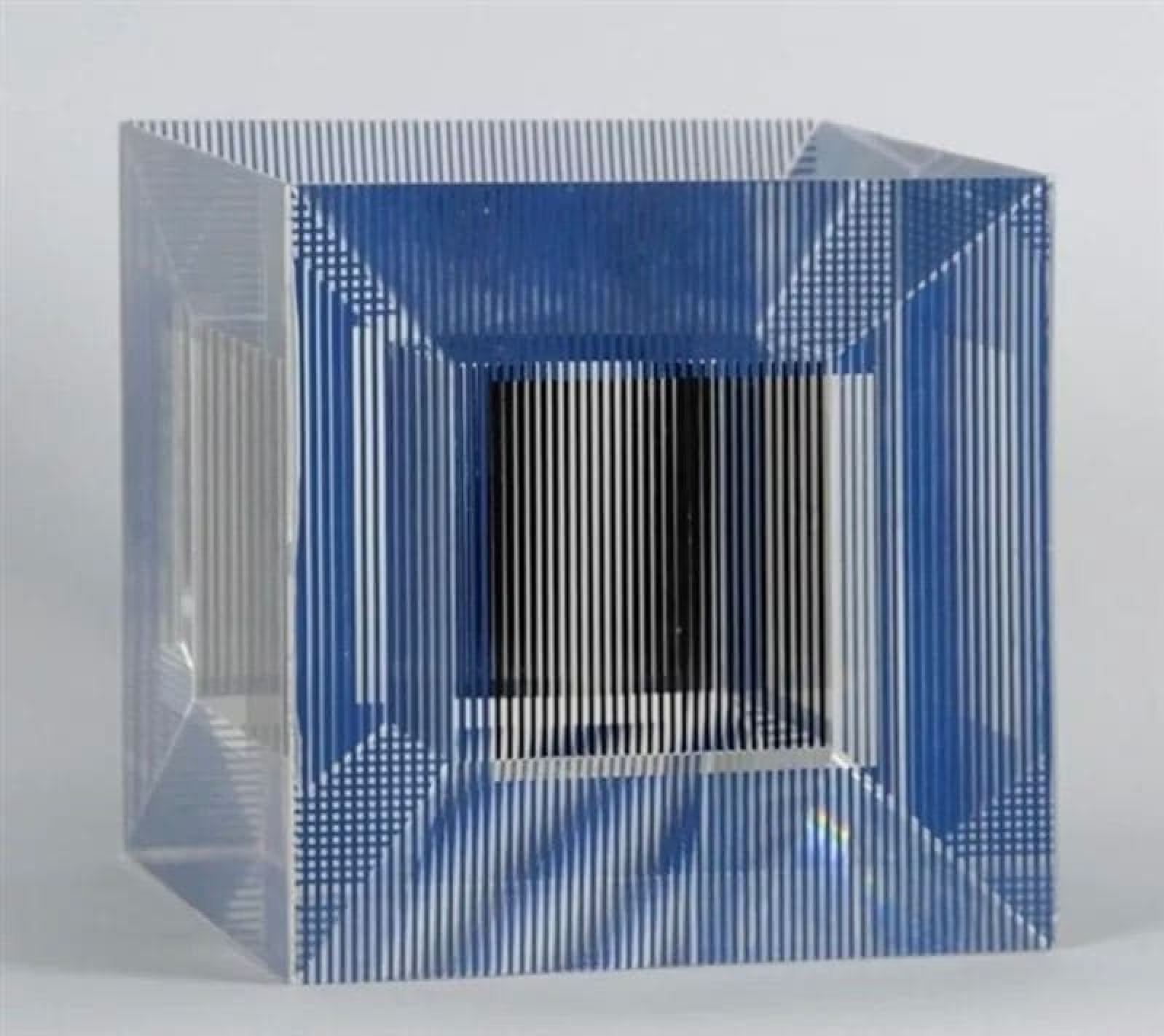
Jesús Rafael Soto — Cube with Ambigous Space
Kinetic art also existed in symbiosis with op art, since movement is often the means by which one can understand the presence of illusion. A prominent representative of op art and kineticism is the Venezuelan artist and sculptor Jesus Rafael Soto. In the process of the viewer's interaction with the art object, the installation becomes more and more ephemeral and the boundary between the object and the subject of art is erased.

Buy

Gallery:
CryptoPunk #6304 that has been taken as a base

Your transaction is in progress

You have connected to the wrong network

Transaction is successful!


